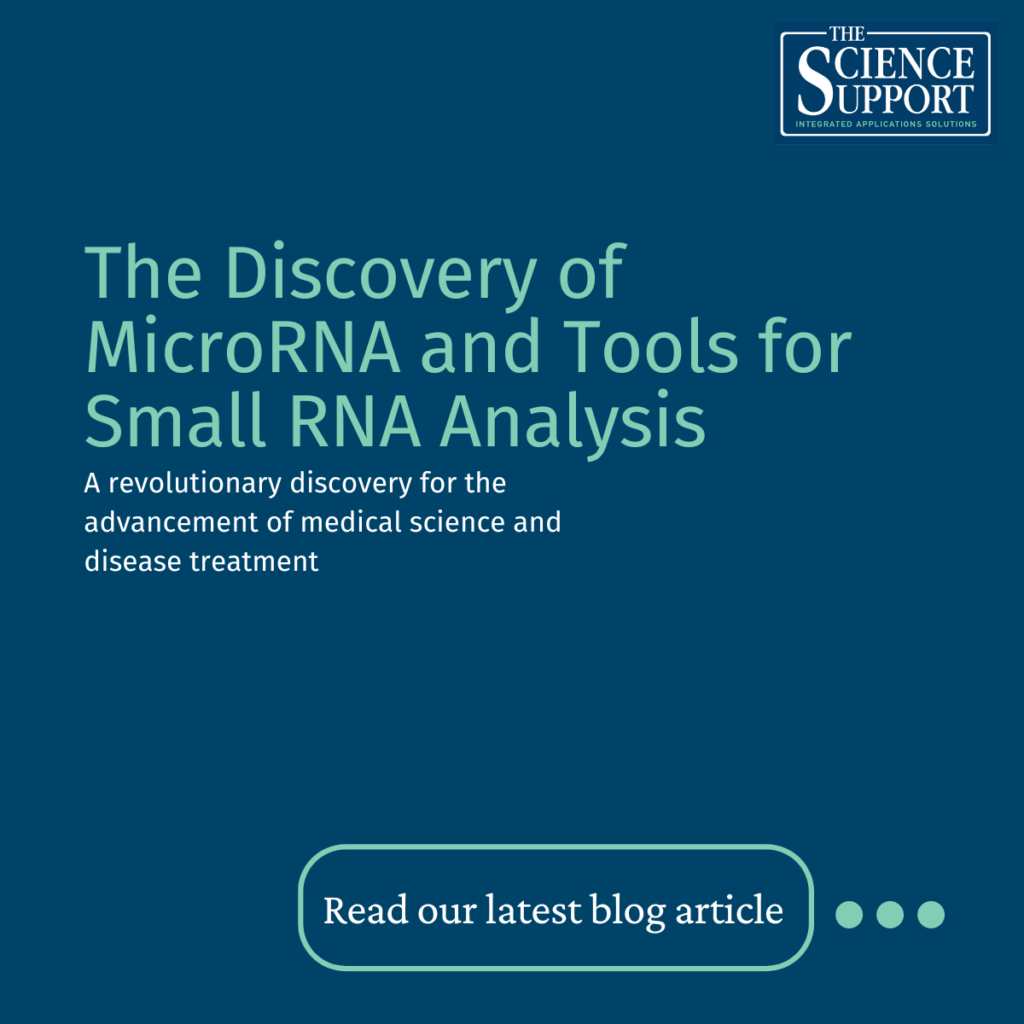In 1993, researchers made a groundbreaking discovery that changed the course of molecular biology: the identification of microRNAs (miRNAs). These small, non-coding RNA molecules emerged as critical regulators in post-transcriptional gene expression, controlling diverse biological processes and shaping our understanding of cellular function. This discovery garnered significant scientific acclaim and laid the foundation for advancements in medical science and disease treatment.
What Are MicroRNAs?
MicroRNAs are short RNA sequences, approximately 20-24 nucleotides long, that regulate gene expression by binding to complementary sequences on messenger RNA (mRNA) transcripts. This interaction typically results in mRNA degradation or inhibition of translation, effectively silencing the target gene. By fine-tuning gene expression, miRNAs play a pivotal role in processes like cell differentiation, development, and apoptosis.
Why Was This Discovery Important?
Before the discovery of miRNAs, scientists believed that the primary regulators of gene expression were transcription factors and protein-coding genes. The identification of miRNAs revolutionized this paradigm, revealing a previously hidden layer of gene regulation. This breakthrough offered insights into:
- Gene Regulation Complexity: miRNAs added a sophisticated mechanism for regulating thousands of genes in a context-specific manner.
- Biological Processes: These small molecules were found to influence critical biological pathways, including immune response, metabolism, and neural development.
- Disease Pathogenesis: Dysregulation of miRNAs is implicated in numerous diseases, including cancer, cardiovascular conditions, and neurodegenerative disorders.
Advancing Medical Science and Disease Treatment
The discovery of miRNAs catalyzed a new era in medical research and therapeutic innovation. Here’s how:
- Biomarker Development
miRNAs’ stability in bodily fluids like blood and saliva makes them excellent candidates for non-invasive biomarkers. For example, specific miRNA signatures can indicate the presence of cancers or cardiovascular diseases, aiding early diagnosis and prognosis.
- Therapeutics
miRNA-based therapies are under development, aiming to restore normal gene expression by targeting dysregulated miRNAs. For instance, miRNA mimics and inhibitors (antagomirs) are being explored for treating cancers and genetic disorders.
- Gene Mutation and Regulation Research
The study of miRNAs has also opened new doors for understanding gene mutations and their effects on cellular pathways. Technologies like small RNA sequencing (small RNA-seq) have become indispensable in this research.
We provide tools for Small RNA Analysis
To help you advance your research in miRNAs, we, at The Science Support, offer Revvity’s NEXTFLEX® Small RNA Sequencing Library Prep Kit V4, a tool that enables accurate and comprehensive analysis of Small RNA while leveraging a completely gel-free protocol, even with low input samples.
With Revvity’s NEXTFLEX Small RNA Sequencing Kit V4 you can:
- Analyze All Small RNAs: The kit enables comprehensive profiling of miRNAs and other small RNAs in a sample.
- Investigate Post-Transcriptional Regulation: You can explore how miRNAs influence gene expression and identify novel regulatory pathways.
- Study Gene Mutations: The kit facilitates the examination of mutations in non-coding regions, advancing our understanding of genetic contributions to diseases.
By providing a robust platform for small RNA-seq, this kit empowers you to delve deeper into the intricate world of miRNA-mediated gene regulation.
Contact our team at sales@thesciencesupport.com to find out about our Small RNA analysis solutions and how we can support your research in post-transcriptional gene regulation.



